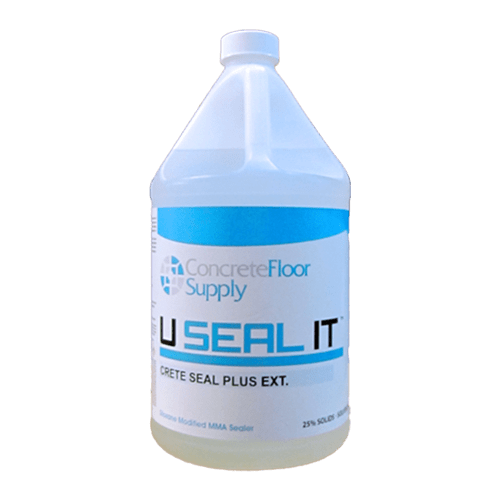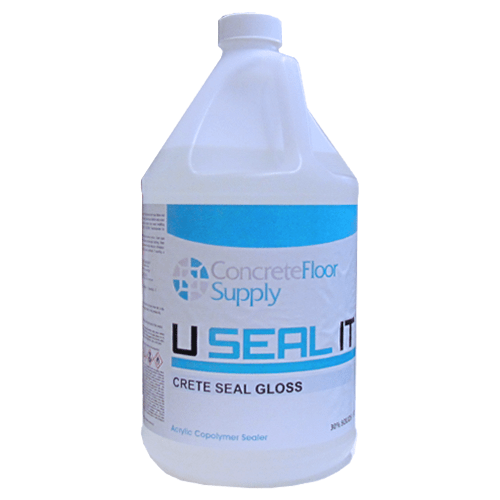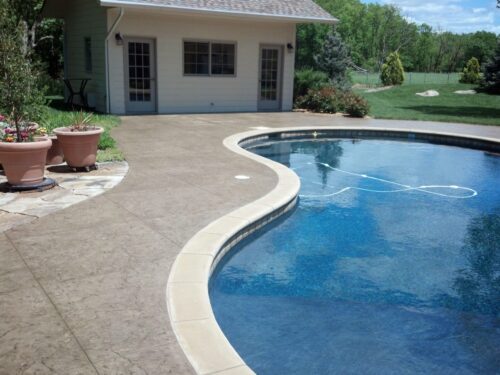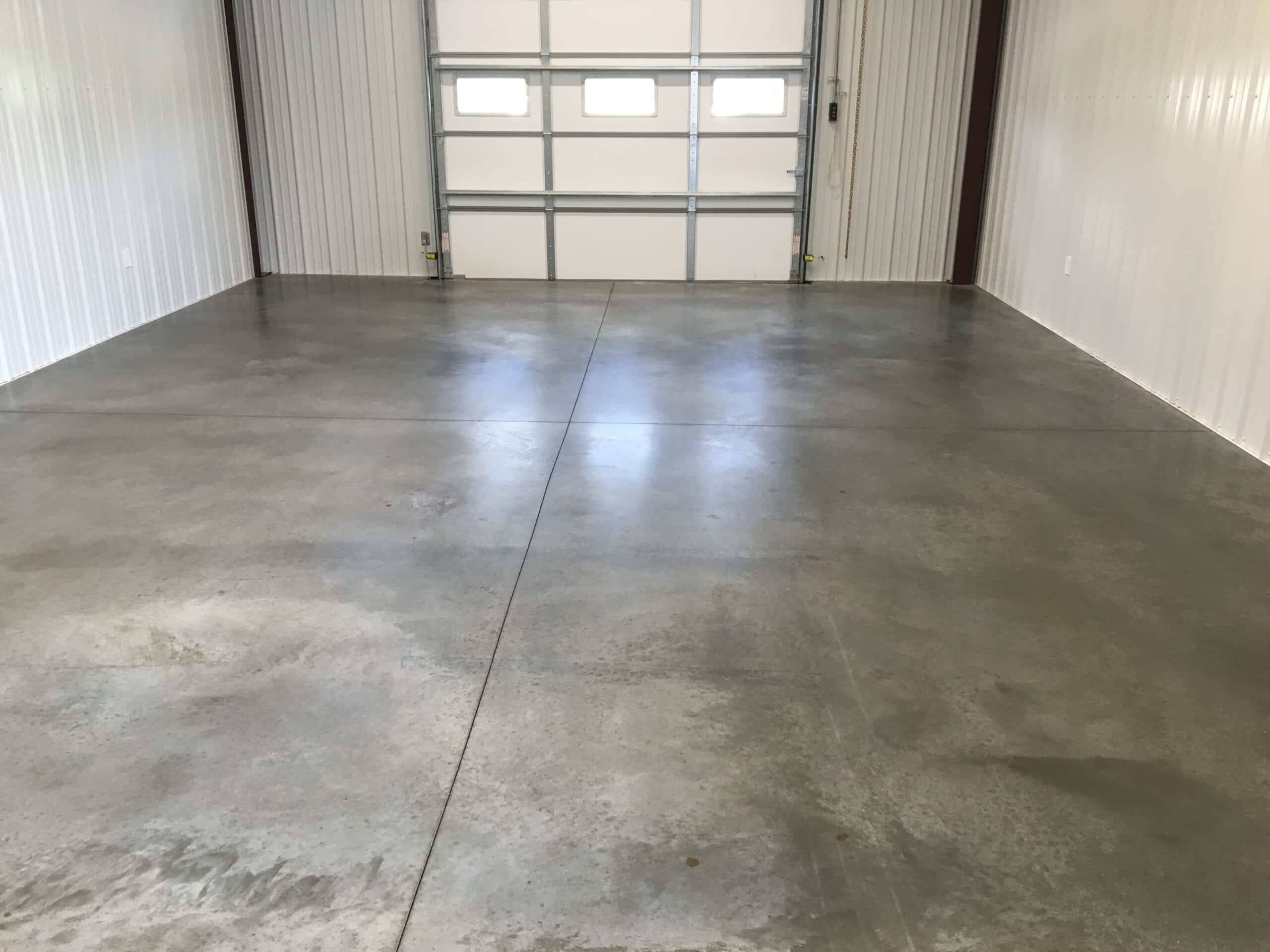25
Jul
How Long After Staining Concrete Can You Seal It?
Here at Concrete Floor Supply, we get this question a lot: "How long after staining my concrete can I seal it?" While many folks like to stain and seal their concrete at the same time, we're here to tell you that you actually have a lot of flexibility in your timeline.The Short Answer (and Our Recommendation): Right away!
Honestly, the ideal scenario is to stain and seal in relatively quick succession. Think of it like this: you've just laid down a gorgeous color – you want to lock it in and protect it as soon as possible. This minimizes the chance of anything interfering with your beautiful work.But Life Happens: It can wait a week!
We get it. Sometimes projects have their own rhythm. Perhaps you've run out of daylight, or your sealer order hasn't arrived yet. The good news is that it's perfectly fine if you come back a week later to apply the sealer. The most important thing is to ensure your concrete is prepared just right before the sealant is applied.-
Always Clean First:
Regardless of how long you've waited, always thoroughly clean the surface before sealing. If you've let some time pass, a gentle power wash is a great way to clean the concrete. Just remember to let it dry completely afterward. -
Moisture is the Enemy of a Good Seal:
You absolutely don't want to seal too soon if there's any moisture lurking in the floor. That can lead to hazing, which nobody wants! A good rule of thumb we stick to is to wait at least 24 hours after any water has been applied (such as from cleaning or rinsing an acid stain) before sealing. You need to let the stain and any remaining water dry completely. -
Don't Forget Acid Stain Residue:
If you're working with an acid stain, it's crucial to remove any residue left behind after the staining process before you apply the sealer. -
Porous Concrete Loves Two Coats:
If your concrete slab is on the porous side, we highly recommend applying two coats of sealer. It really helps achieve the best possible finish and protection. -
Smart Sealing Strategy:
If you're worried about running out of sealer mid-job, here's a pro tip: stop sealing at a natural break, like a saw cut line or a design line in your concrete. That way, you can easily pick up where you left off later without it looking obvious.
Our Go-To Sealer Recommendations for Pool Decks:
If you're dealing with a pool deck, you need a sealer that can withstand the elements – think sun, water (and possibly some splashes!), and foot traffic. That's why we often point our customers towards two fantastic options:- Crete Seal Plus Ext: This is a real workhorse for exterior concrete. It's specifically formulated to be UV resistant, meaning your beautiful stain won't fade prematurely under the harsh sun. Additionally, it provides excellent adhesion and withstands the wear and tear of outdoor life.
- Crete Seal Gloss: If you're looking for a slightly glossier finish, Crete Seal Gloss offers similar robust protection with a glossy finish.

 Both of these sealers are designed to give you the longevity and durability you need for your pool deck to look its best for years to come.
Both of these sealers are designed to give you the longevity and durability you need for your pool deck to look its best for years to come.




